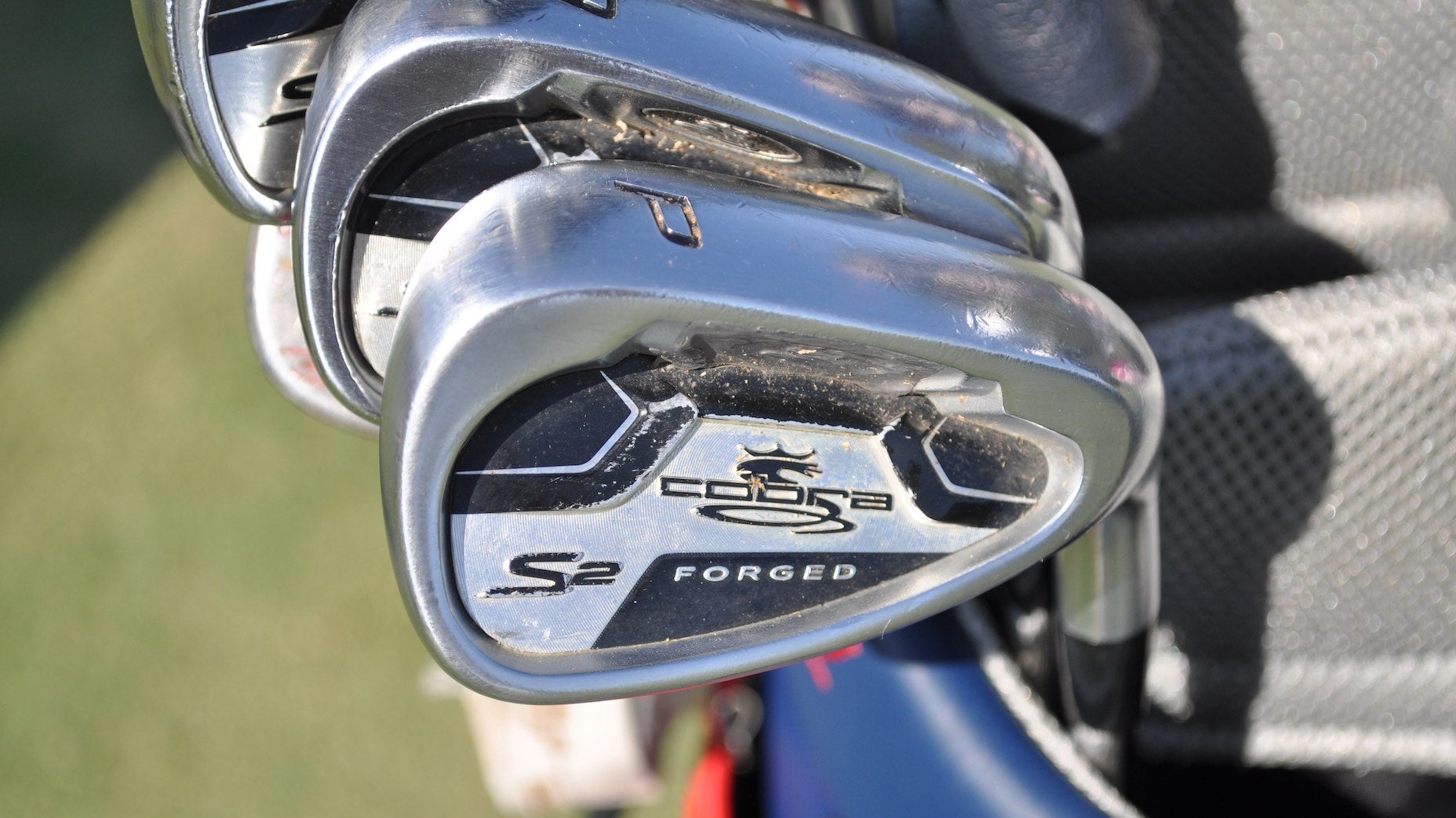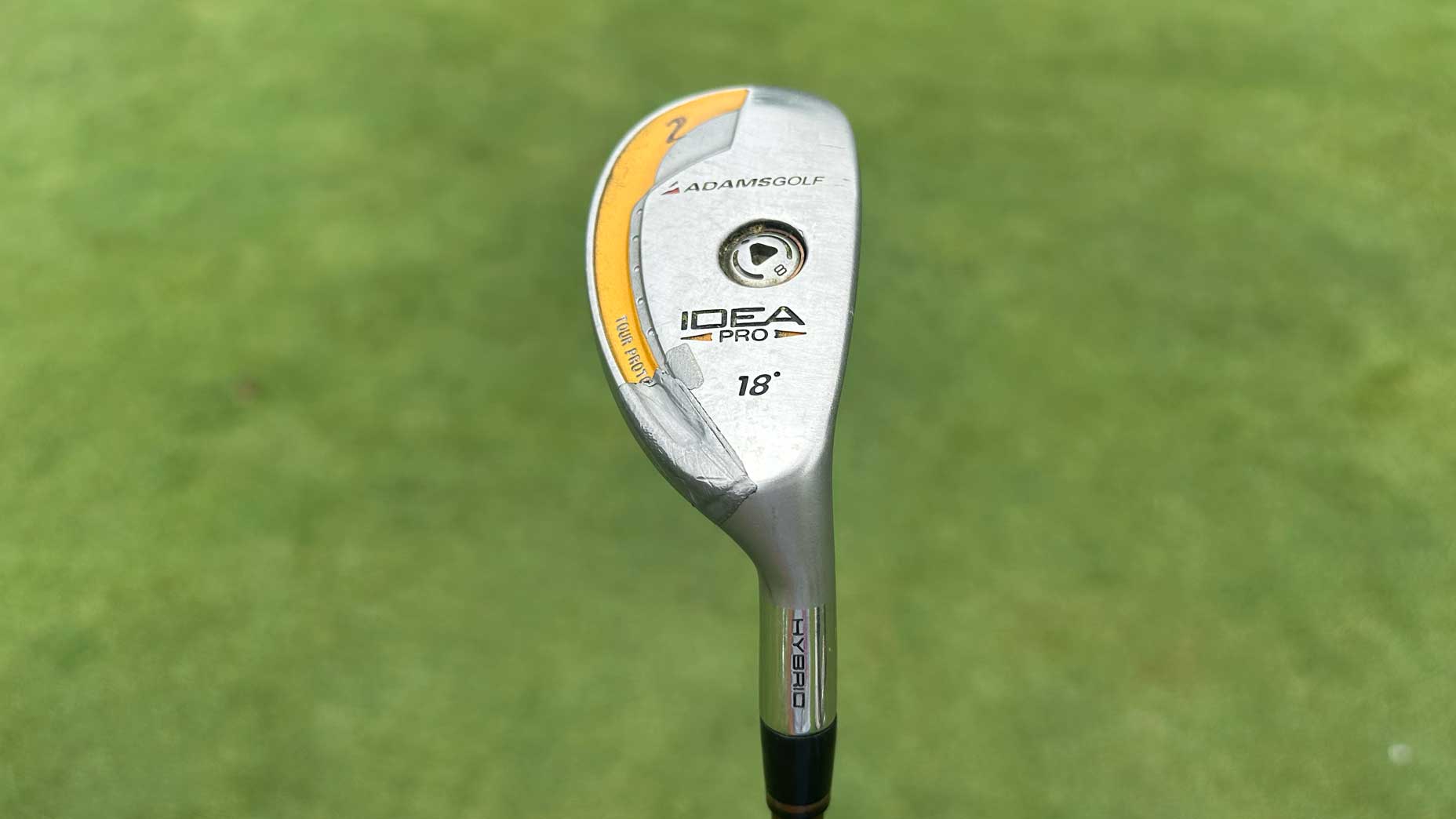With an interesting mix of gear classics and new tech, it’s clear Lexi Thompson has a great handle on her equipment setup. During a recent trip to the LPGA Tour, GOLF.com’s equipment crew had the opportunity to dig through Thompson’s setup and highlight 7 items that make her gear composition unique.
Let’s dive in.
Fades for days

Most Tour pros are content to play a stock fade over a draw for a number of reasons. It’s easier to control and keeps the dreaded snap-hook out of the picture. You can change your stance to hit a fade, or you can alter the settings on the driver. In Thompson’s case, she does a little bit of both.
Her 10.5-degree Cobra Rad Speed head is turned down 1.5 degrees to an actual loft of 9 degrees, thereby opening up the face in the process. Throw in a Fujikura Ventus 6X shaft and the 12-gram weight being positioned in the front location, and you have a driver designed for low launch and spin.
This is a stout setup for one of the biggest bombers on the LPGA Tour.
Ease off the pedal
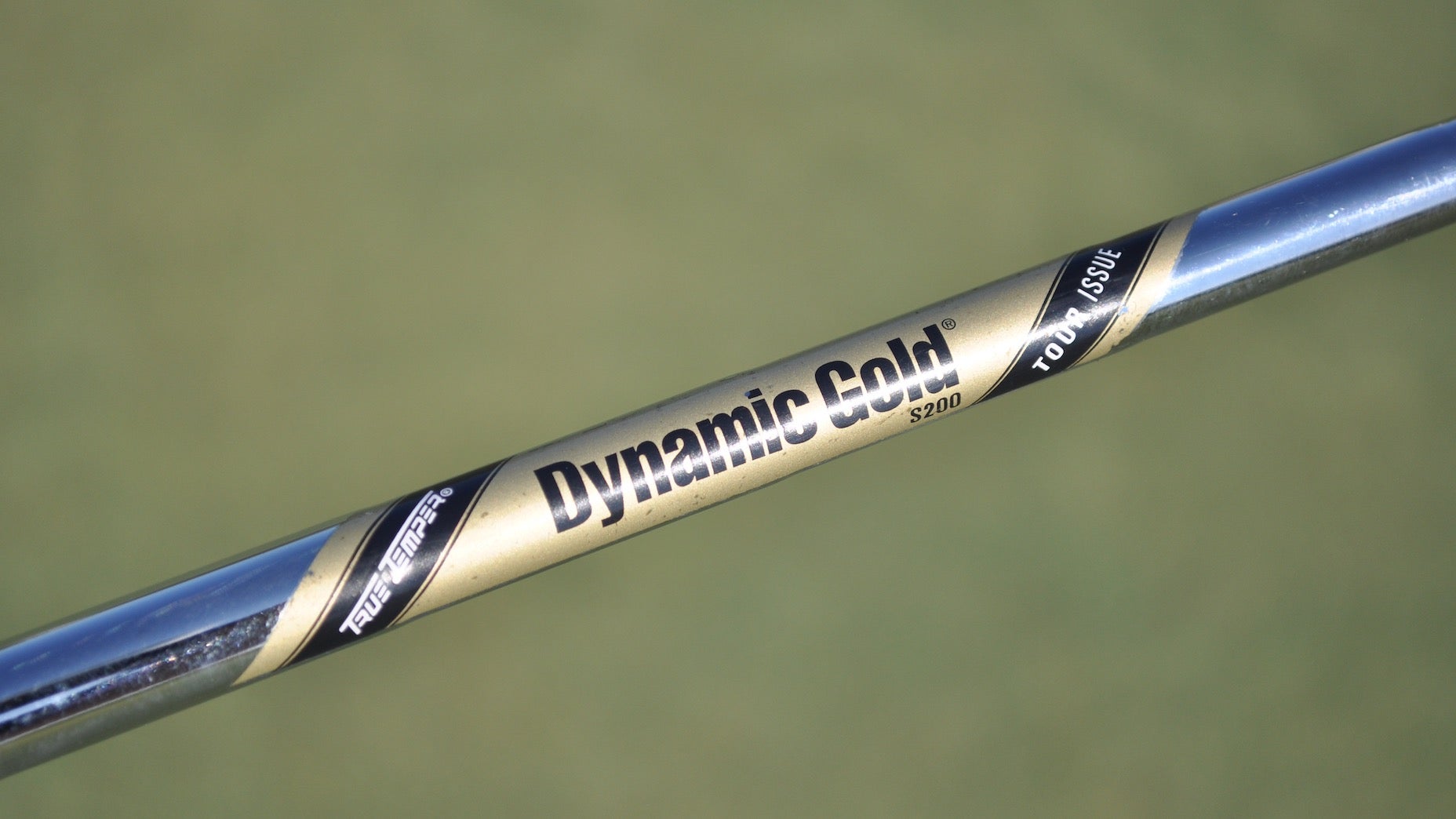
This might be my favorite find in Thompson’s bag. Looking at her driver setup, you’d assume she plays a similar shaft flex in the rest of her clubs. Here’s where assuming can get you in a lot of trouble. Thompson actually plays Project X 5.0 in her irons and True Temper Dynamic Gold Tour Issue S200 in the wedges.
Compared to the Ventus Black, it’s a massive step down in flex. Thompson isn’t ripping at the ball with those clubs and clearly wants more flex in both to achieve a different flight and feel. The lesson here is you should never accept that just because you’re playing a stiff-flex shaft in the woods, it means you should go with the same flex across the board.
Get a fitter involved and see if there’s an ideal shaft for every club in your setup. It’s very possible you could need different flexes or bend profiles.
Do-it-all club
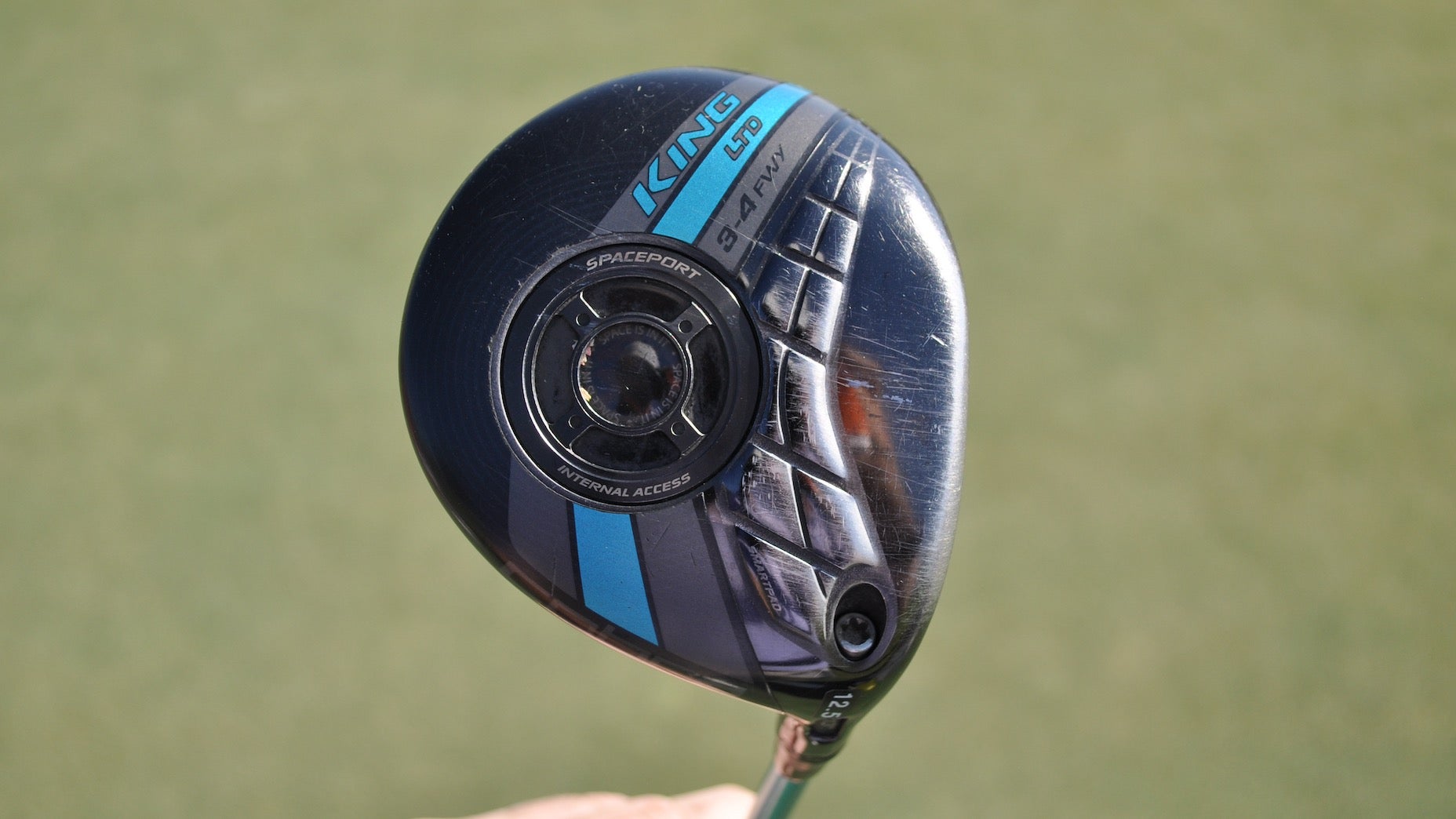
Thompson’s Cobra King LTD 3-wood — the only other metalwood in her bag, outside of the driver — was released back in 2016. While it isn’t the oldest club in her bag (we’ll get to that one in a moment), it has been around for long enough to be considered a bag staple.
The 3-wood remains the toughest club to replace for Tour pros. If you don’t believe me, just look at the Fred Couples’ 14-year-old Callaway 3-wood that went viral last week.
“I’ve worked with clubs for 25 years and can tell you it’s the hardest club to fit a tour player in,” said Brian Rhattigan, a PGA Tour Champions senior club technician. “They want it to be low and long off the tee but high and long off the ground. They also want it to be able to execute a variety of different shots. It has to do it all.”
Judging from the sole and face wear, it’s easy to tell Thompson’s 3-wood does it all.
Wear it out
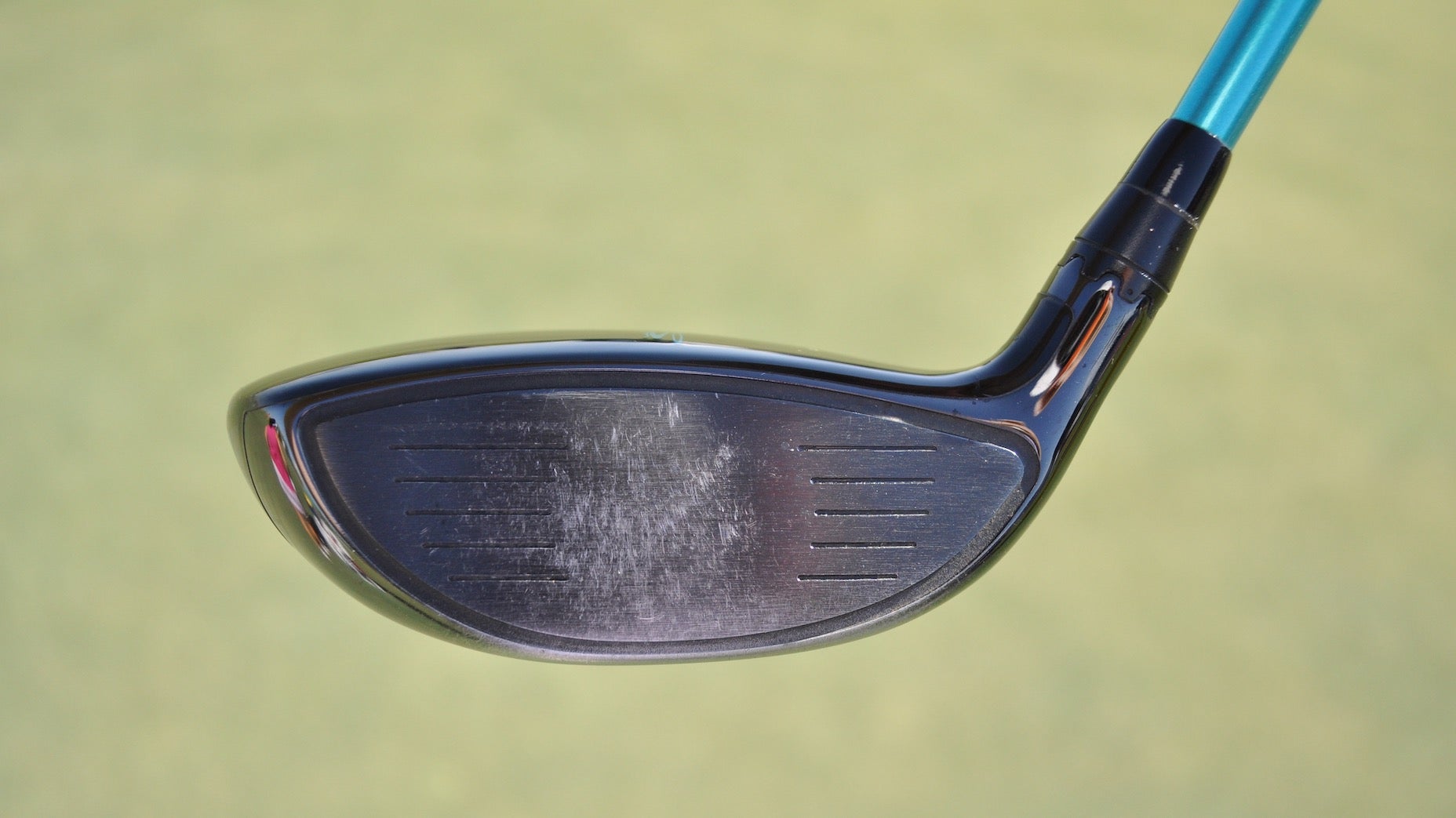
Another equipment deep dive, another photo of the wear mark on a fairway wood. What I like about the mark on Thompson’s 3-wood is it actually shifts ever-so-slightly to the toe side of the face. That doesn’t mean Thompson is consistently missing it. Instead, she’s likely setting it up in a way where the ball contacts the face toward the toe.
The club has been in Thompson’s bag for years. She knows exactly what she’s doing.
Pure’d it
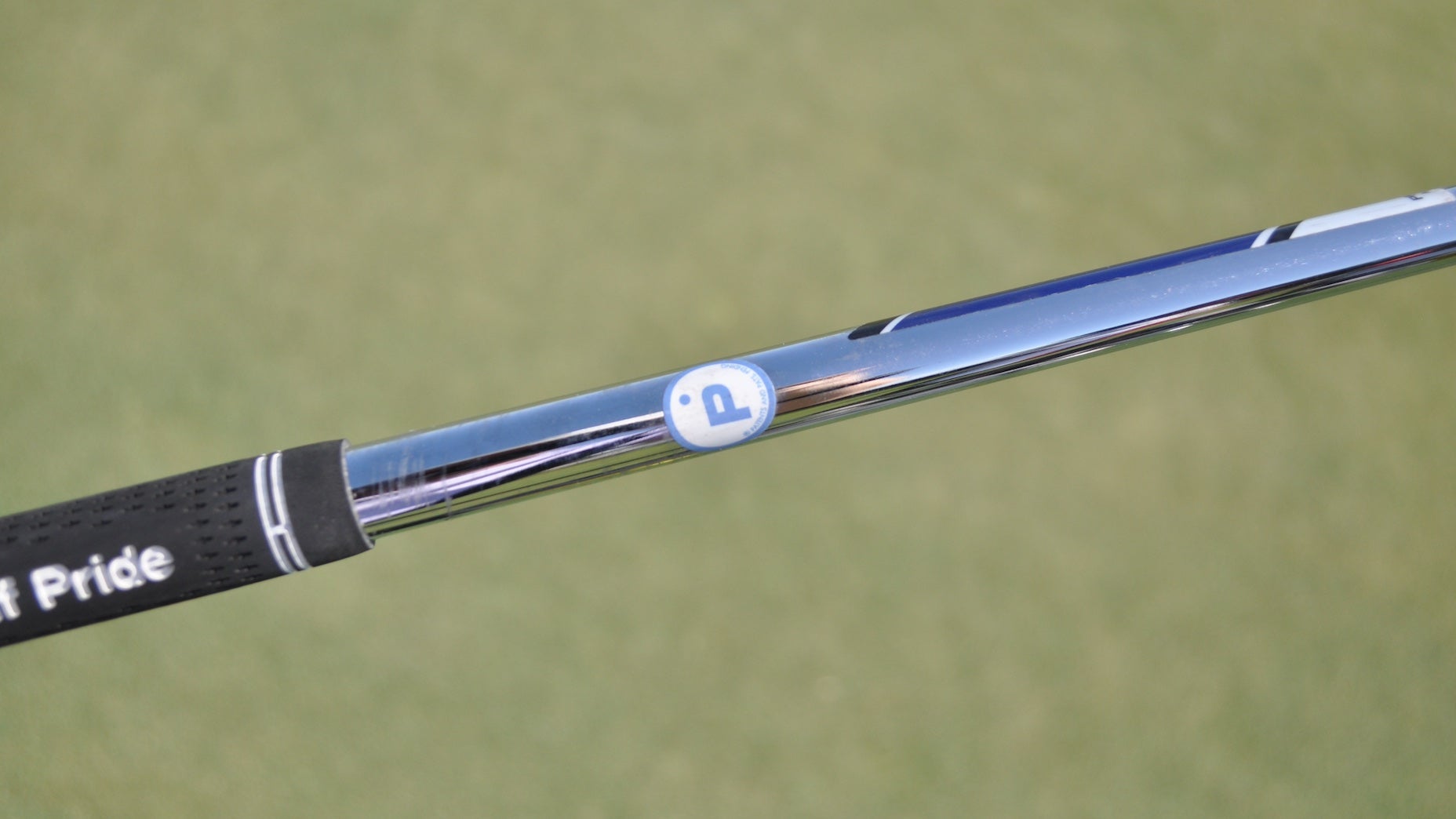
The P sticker on Thompson’s irons and wedges confirms each club has gone through an SST Pure Shaft Analysis. Without going too far into the weeds, “puring” the shaft helps to identify the inconsistencies of a particular golf shaft as compared to the average or expected design of that shaft. Armed with that information, a club builder can assemble the club in the most stable and consistent orientation. The machine that analyzes the shaft finds the most stable orientation to ensure the shaft bends on a neutral axis.
The process is done by many pros in the professional ranks, including Thompson. Puring a shaft can be done in the retail world, too, and runs between $30 and $40, depending on location.
Classic clubs

Here’s where Thompson’s setup gets really fun. She plays Cobra’s newest driver (Rad Speed) but continues to rely upon a 6-year-old 3-wood and 13-year-old irons. If you’ve ever wondered what the shelf life is for a set of irons, it’s probably longer than you might think. Sure, technology has changed a lot in the last decade-plus. However, if the irons in your bag are getting the job done, there’s no reason to shake things up.
Thompson’s Cobra S2 Forged irons are a generous cavity-back model that could conceivably be played by anyone from a mid-handicapper to one of the LPGA’s best. It’s one of those iron models that doesn’t fit a specific player.
Rare sight
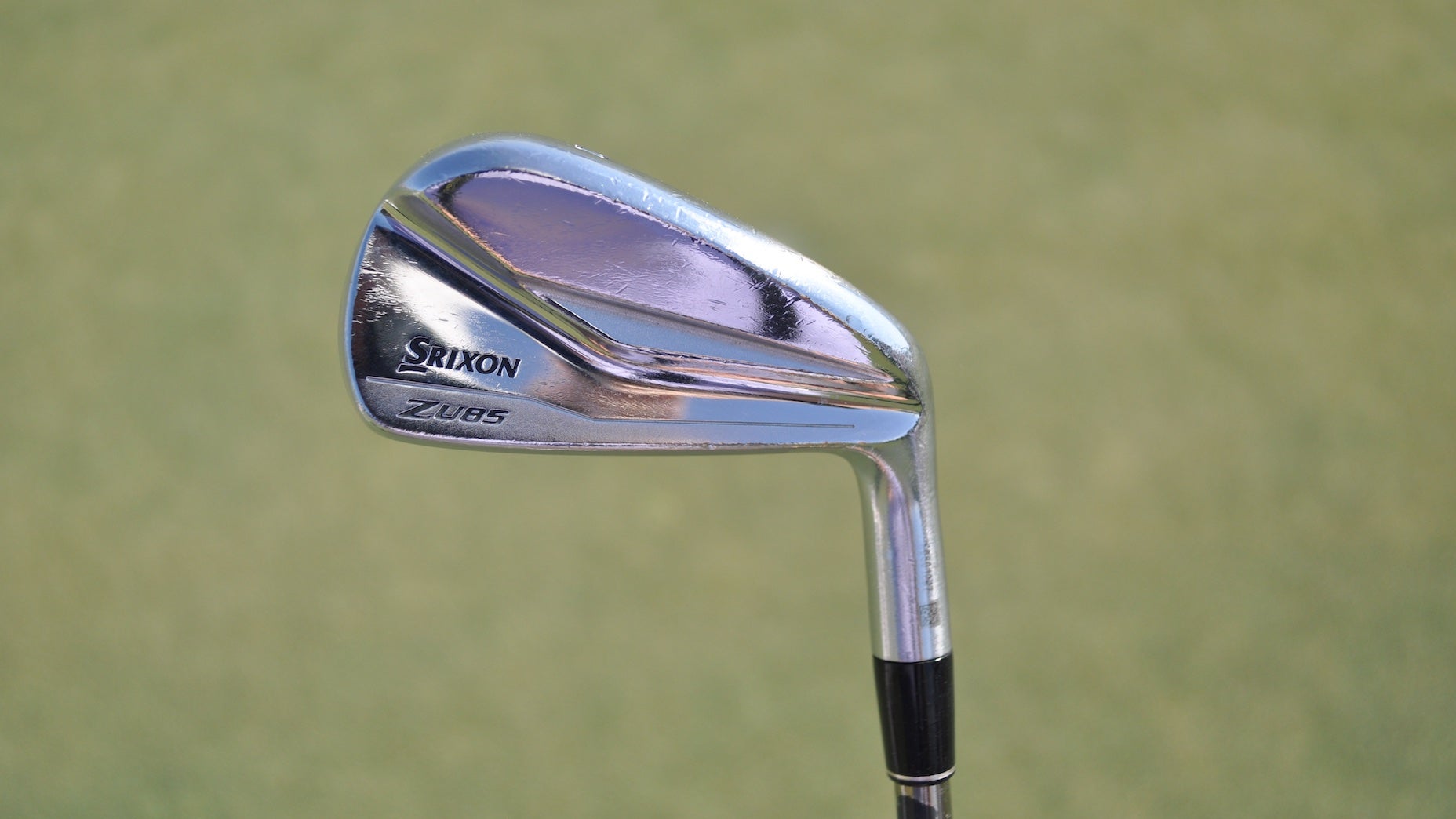
A large majority of LPGA players have at least 3-4 fairway woods and hybrids in the bag. The clubs are easy to launch and fit the carry gap better than traditional long irons. But not everyone likes the look of a high-lofted fairway wood or hybrid.
Thompson is one of the select few who opts for a Srixon utility iron to fill the gap between her 3-wood and 4-iron.
“I’ve just always liked the look of an iron more than a hybrid,” Thompson told me. “Utility irons are a good option because you get some forgiveness in a similar shape.”
